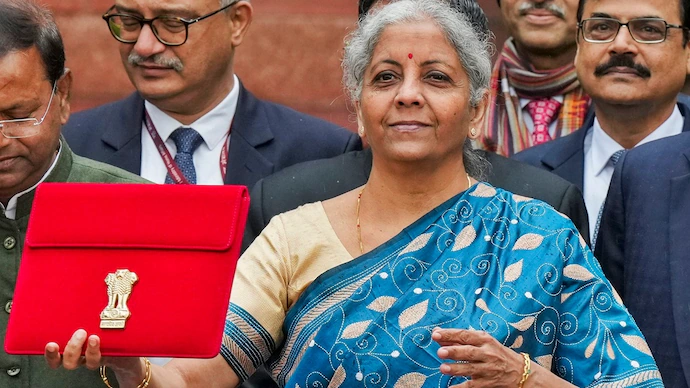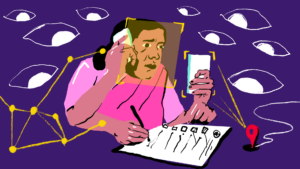[Readmelater]
Budget 2024: Empty Declarations, Insufficient Allocations For Key Schemes
Schemes aimed at women did not get the big push they needed, we find

Photo credit: India Today
Support BehanBox
We believe everyone deserves equal access to accurate news. Support from our readers enables us to keep our journalism open and free for everyone, all over the world.




